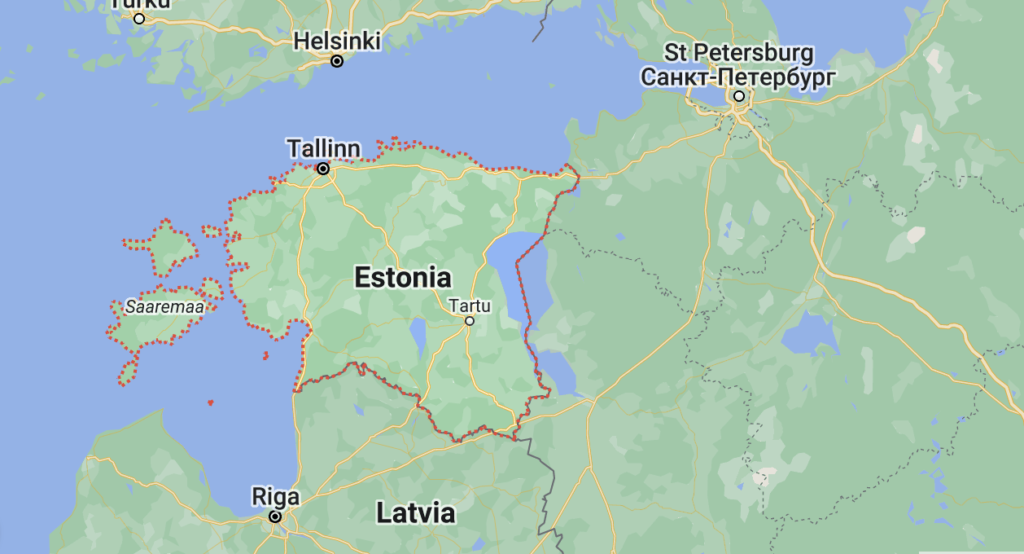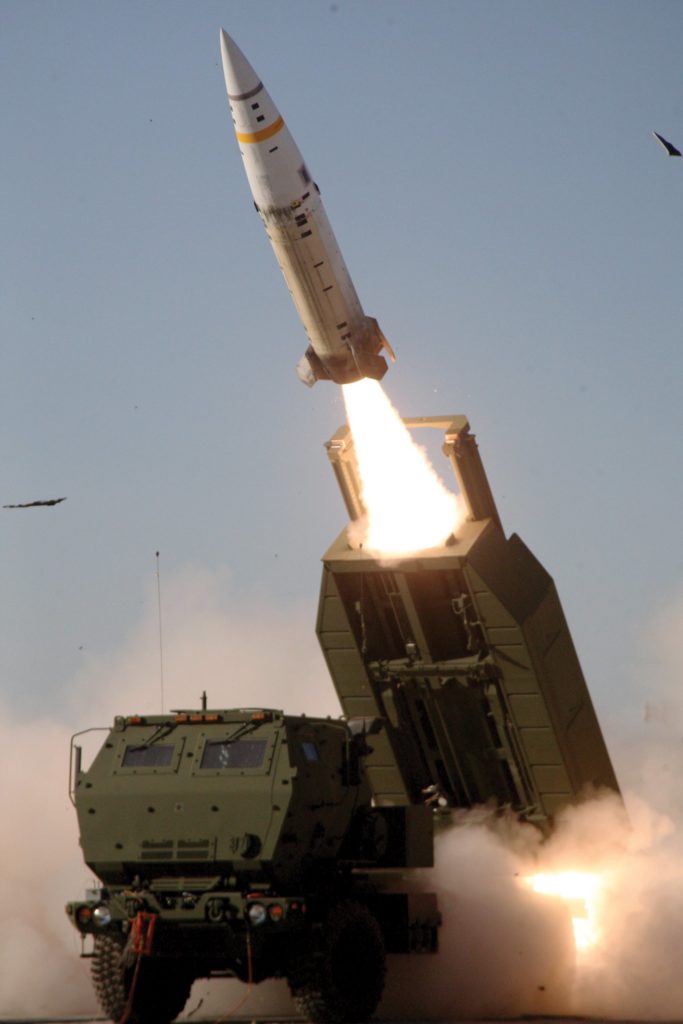Estonia’s NATO envoy warns: Europe can’t defend itself without Ukraine

Estonia’s permanent representative to NATO, Ambassador Jüri Luik, said on 28 July 2025, on Vikerraadio — Estonian Public Broadcasting’s main radio channel — that Europe cannot realistically mount a credible defense against Russia without Ukraine’s involvement, highlighting Ukraine’s indispensable role in sustaining European security architecture.
“If Europe manages to achieve some kind of peace or truce [in Ukraine — EMP], or if we talk about Europe being able to defend itself against Russia, it is very difficult to imagine such a defense without Ukraine,” Luik said.
European and NATO intelligence agencies have increasingly warned of a growing hybrid and conventional threat from Russia, particularly toward NATO member states. Moscow appears to be preparing a multifaceted campaign — including sabotage of critical infrastructure, disinformation operations, and electronic warfare — aimed at projecting pressure beyond Ukraine’s borders. In the Baltic region, disruptions to undersea cables and power infrastructure — including the Estlink cable between Estonia and Finland — have raised alarms over possible sabotage by the so-called Russian “shadow fleet.”
Luik emphasized in the interview that Ukraine’s large and battle-hardened ground forces are essential not only for defending its own territory but also for enabling a cohesive European defense posture — one that can operate independently of US military dominance and deter potential Russian aggression.
Estonia and Ukraine have deepened bilateral cooperation since Russia’s full-scale invasion in 2022, including joint military training, intelligence sharing, cyber defense collaboration, and political coordination within NATO and EU frameworks. Estonia now allocates more than 4% of its GDP to defense spending and has emerged as one of Ukraine’s strongest advocates in both Brussels and NATO, underscoring a shared strategic view of Moscow’s threat.

